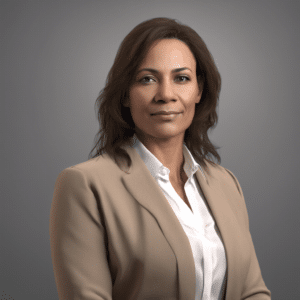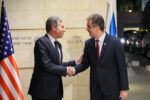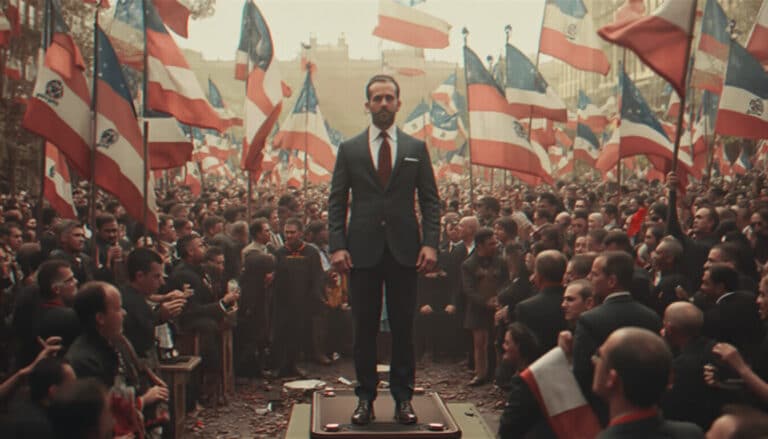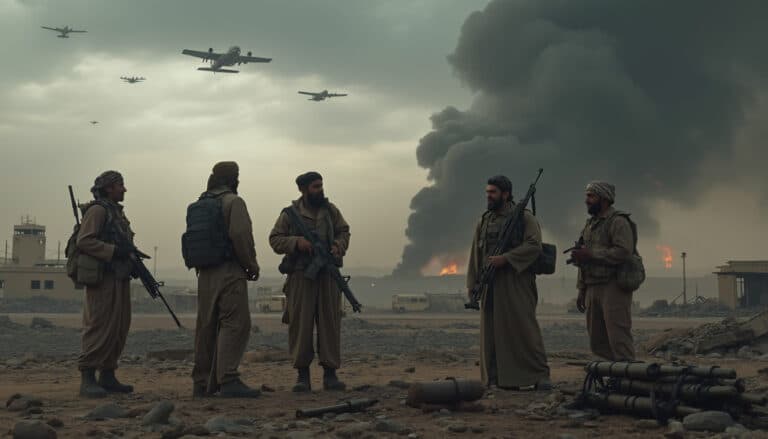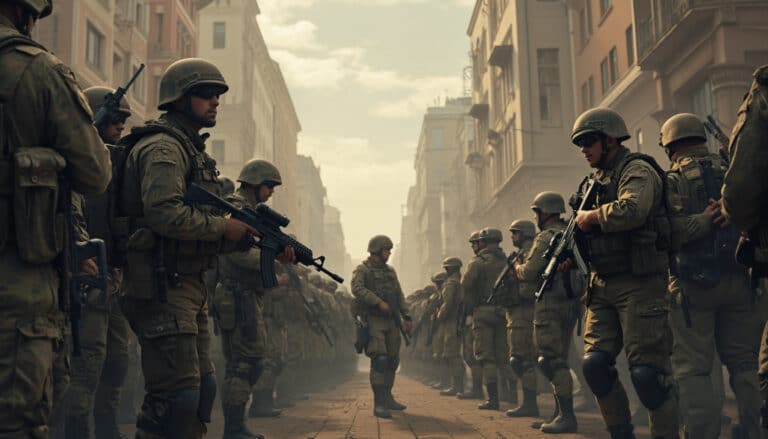There spread of conflict in Gaza raises many questions, particularly on theabsence of Palestinian voices in the Israeli media. While the conflict has continued for almost ten months, with a tragic toll bordering on 40,000 victims, including many journalists, it is crucial to understand how this reality is presented to the general public. The stories broadcast by the media are often marked by a partiality which leaves little room for Palestinian stories and perspectives. This situation not only demonstrates a alarming censorship, but also a desire to make the suffering of a people caught in the spiral of violence invisible. Analyzes are multiplying to denounce this absence of critical voices which, however, it is imperative to hear in order to enrich the discourse and offer a more complete vision of the conflict.
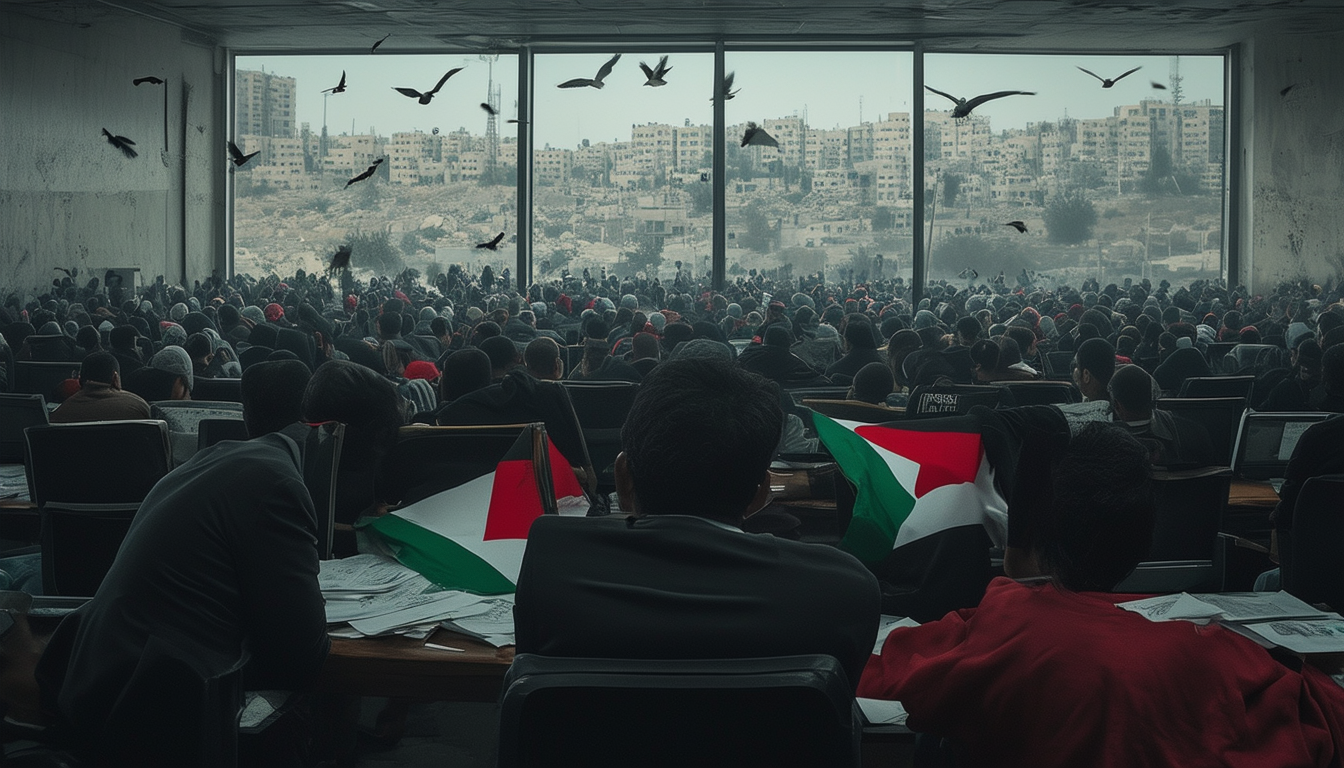
In a context of protracted conflict, the situation in Gaza is deteriorating, leading to an alarming number of victims. As the war continues, stories about this crisis are often marked by a glaring absence of Palestinian voices in the Israeli media. This lack of diversity in media coverage contributes to a skewed perception of the conflict, leaving out the stories, suffering and perspectives of Palestinians. This article explores this essential issue and highlights the importance of balanced representation in discussions around the war in Gaza.
Table des matières
ToggleUnbalanced media coverage
Media coverage of Israeli-Palestinian conflict is often criticized for its partiality. The stories offered by the Israeli media tend to favor the Israeli point of view, thus crowding out Palestinian voices. For example, October 7 was characterized as a “terrorist attack,” while the Israeli response was presented as an act of “self-defense.” This dichotomy highlights a worrying tendency to downplay Palestinian stories, which, however, are essential to understanding the complexity of the conflict.
Invisibility of Palestinian voices
Within this media environment, many voices face a wall of indifference. THE Palestinian journalists are often under immense pressure, with cases of violence leading to their executions. Currently, the number of journalists killed in Gaza stands at 120, tragically illustrating the danger of reporting on the ground. This situation contributes to an invisibility of stories and crucial information, creating a veil of ignorance on the reality experienced by the Palestinian population.
Censorship on social networks
Another worrying aspect is the censorship of Palestinian voices on social networks. Recently, measures have been put in place to limit access and visibility of content that expresses critical views on the situation in Gaza. This censorship raises questions about freedom of expression and the impact of online hate, which only increases in parallel with the conflict. Voices that attempt to bear witness to the suffering of Palestinians are often silenced, which further reinforces the imbalance in the media narrative.
A call for balanced coverage
Faced with this situation, it is imperative to demand more balanced media coverage. THE media have the responsibility to give a voice to all sides of the conflict. By incorporating Palestinian perspectives, they can offer a more nuanced narrative, one that includes the suffering and realities of both populations. It is also essential to increase the visibility of Palestinian journalists and correspondents, so that they can share their truth without fear of repercussions.
The role of the UN and international organizations
The UN and international organizations play a crucial role in monitoring the situation in Gaza and highlighting human rights violations. Their engagement is vital to encourage better coverage from media and to protect critical voices. By supporting freedom of expression and denouncing censorship, these entities can help restore a necessary balance in the public debate around the Israeli-Palestinian conflict.
Voilà ce qu’ils font aux voix palestiniennes qui s’élèvent contre l’antisémitisme, contre le Hamas et pour la paix : les traiter de collaborateurs sionistes, de traîtres, de vendus.
— Simone Rodan-Benzaquen (@srodan) May 1, 2024
Bravo @HowidyHamza d’être clair et fort, envers et contre tout. https://t.co/mtPV1LK1Lp

